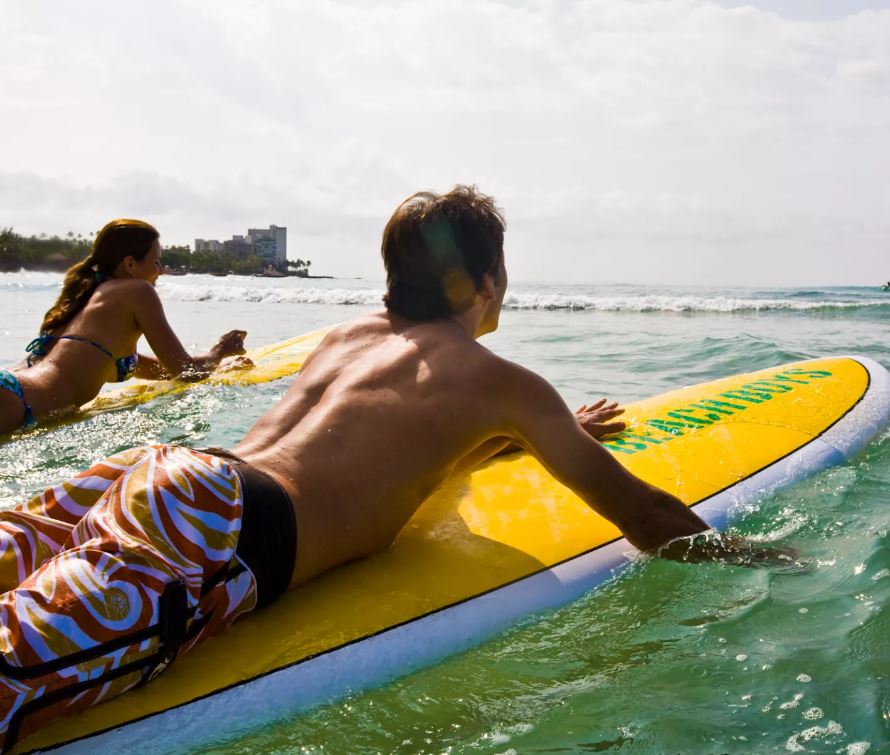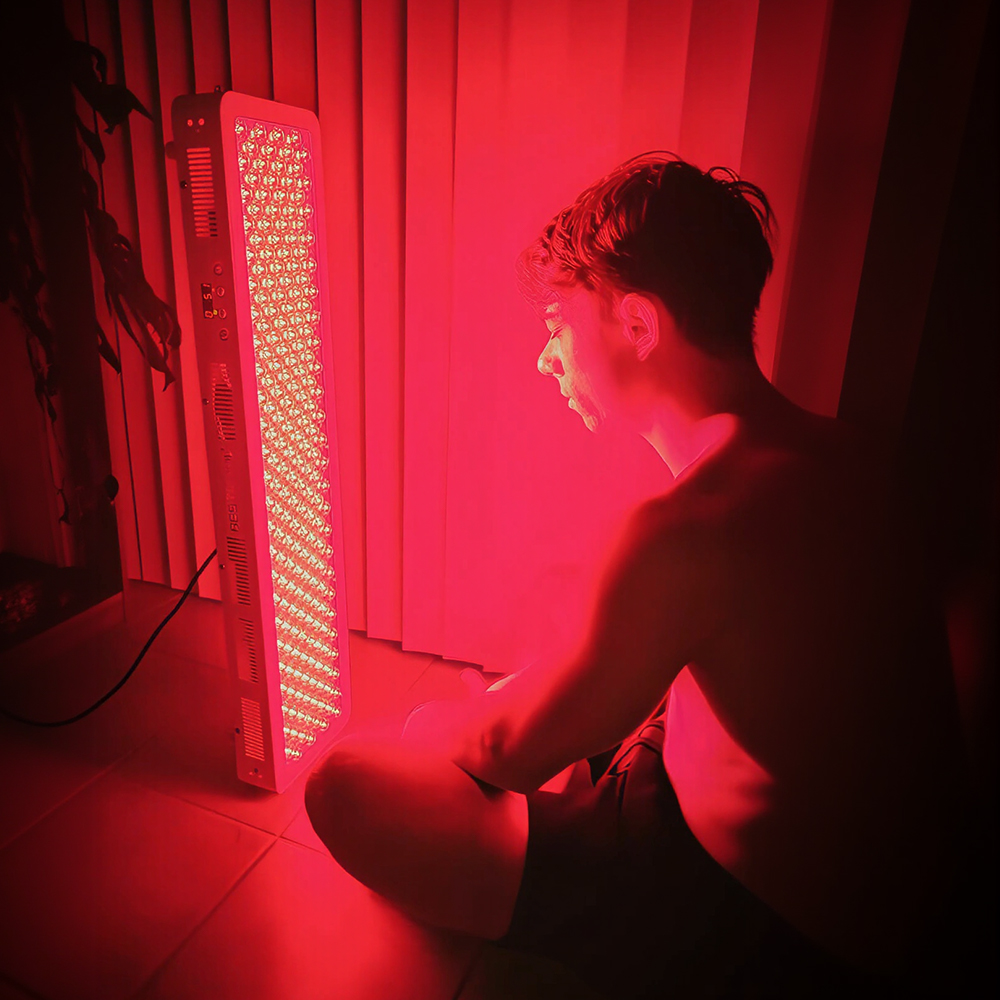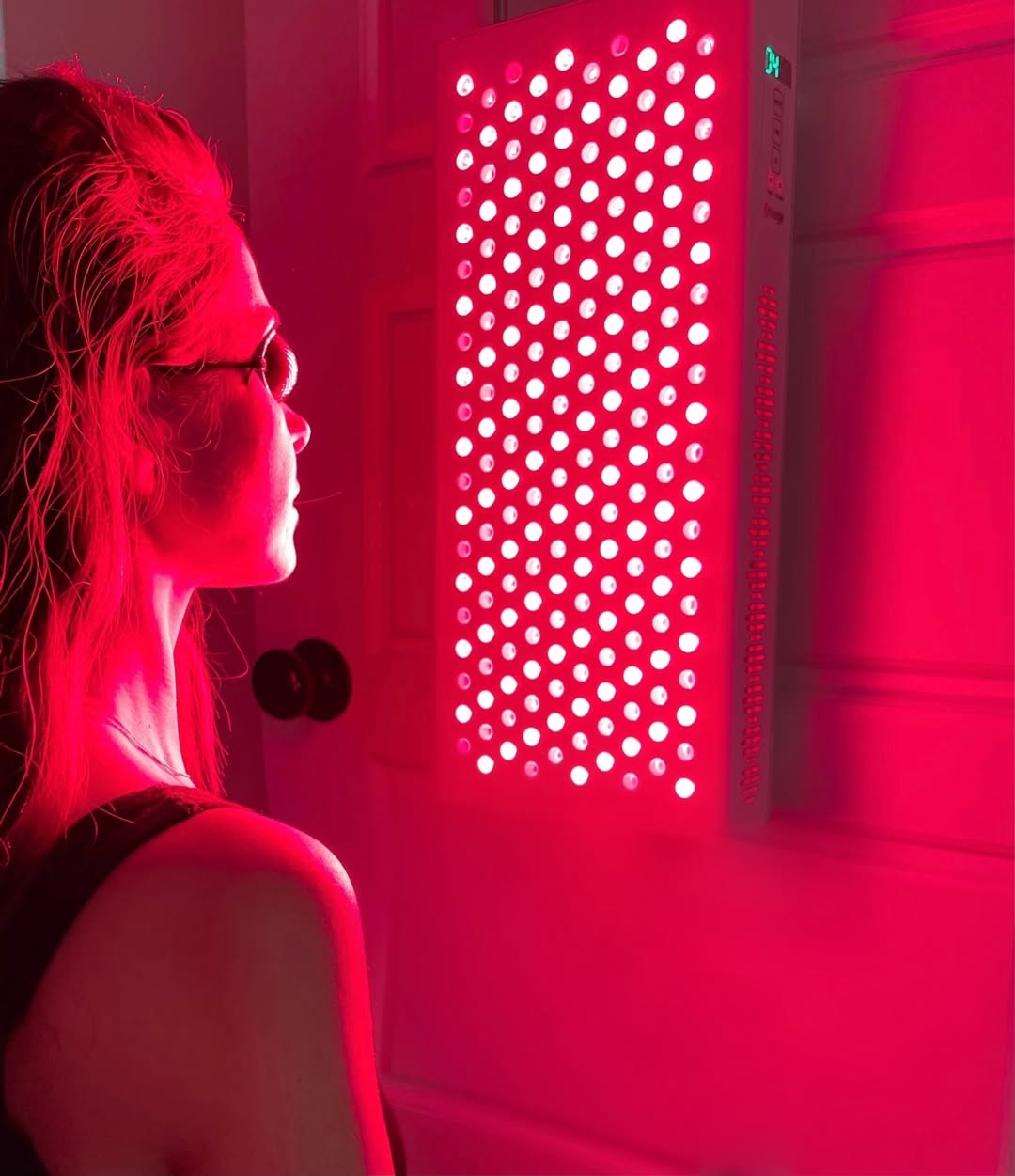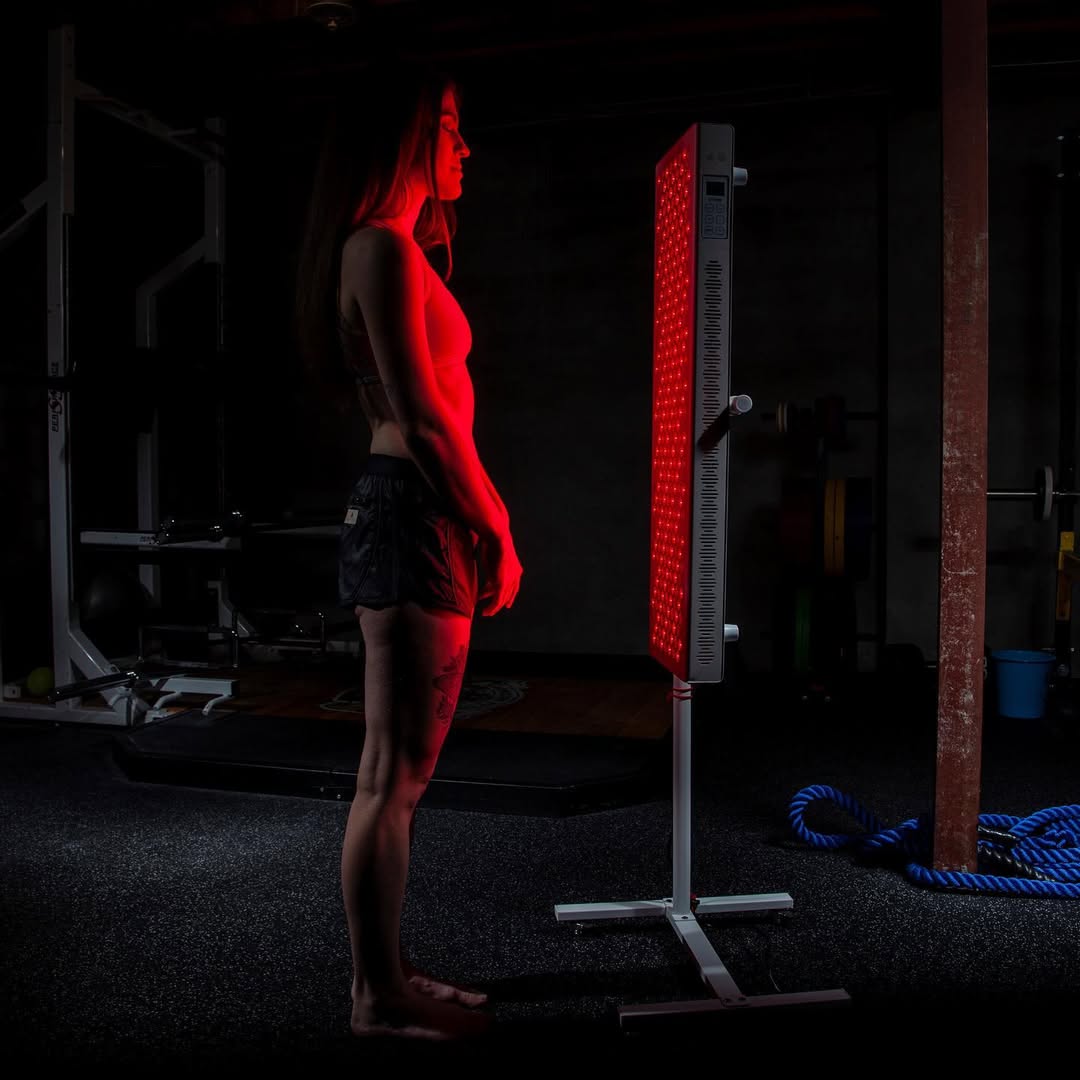![]() Free Shipping
Free Shipping ![]() Buy Now, Pay Later
Buy Now, Pay Later ![]() Eligible
Eligible
Is Red Light Therapy the Secret to Enhanced Flexibility for Surfing Players?

Surfing is a sport that demands peak physical performance—strength, balance, endurance, and, most critically, flexibility. The ability to twist, turn, and maneuver on a wave requires a supple body that can withstand sudden movements and prolonged strain. Traditional methods like dynamic stretching, yoga, and foam rolling have long been staples in a surfer’s routine. But what if there was a cutting-edge, science-backed method to enhance flexibility, reduce recovery time, and improve overall performance?
Enter Red Light Therapy (RLT)—a non-invasive treatment that’s gaining traction among athletes, biohackers, and now, surfers. Could this be the secret weapon for unlocking next-level flexibility and resilience in the water? Let’s dive in.
What Is Red Light Therapy?
Red Light Therapy, also known as low-level laser therapy (LLLT) or photobiomodulation (PBM), involves exposing the body to red and near-infrared (NIR) light wavelengths (typically between 630nm to 850nm). These wavelengths penetrate the skin, stimulating cellular energy production (ATP) in the mitochondria, reducing inflammation, and accelerating tissue repair.
Originally developed by NASA for wound healing in space, RLT has since been adopted by athletes for:
- Muscle recovery
- Joint pain relief
- Enhanced collagen production
- Improved circulation
- Reduced inflammation
But how does this translate to flexibility for surfers?
VELLGUS Elite V2
THE #1 RATED RED LIGHT DEVICE
VELLGUS pro V2
THE #1 RATED FULL BODY RED LIGHT DEVICE
The Science Behind RLT and Flexibility
1. Increased Collagen Production & Tendon Elasticity
Surfers rely heavily on tendons and ligaments for explosive pop-ups, deep bottom turns, and quick directional changes. Over time, repetitive stress can lead to stiffness and reduced elasticity.
RLT stimulates collagen synthesis, the protein responsible for skin, tendon, and ligament strength. A 2013 study in the Journal of Athletic Training found that red light therapy significantly improved tendon flexibility in athletes, reducing injury risk.
2. Reduced Muscle Stiffness & Faster Recovery
After a long surf session, muscles can become tight and sore, limiting mobility. RLT enhances blood flow and reduces oxidative stress, helping muscles relax and recover faster. A 2016 study in Lasers in Medical Science showed that athletes using RLT experienced less muscle fatigue and greater range of motion post-exercise.
3. Deeper Stretching & Injury Prevention
Many surfers incorporate yoga to maintain flexibility. However, tight muscles can restrict deep stretching, increasing injury risk. RLT preconditions muscles by increasing nitric oxide production, which helps tissues relax and stretch more effectively. This means surfers can achieve greater flexibility with less risk of strains.
How Surfers Are Using Red Light Therapy
Professional surfers and trainers are beginning to integrate RLT into their routines in several ways:
Pre-Surf Warm-Up
- 5-10 minutes of RLT on shoulders, hips, and hamstrings to increase blood flow and elasticity before hitting the waves.
Post-Surf Recovery
- 20 minutes of targeted RLT on overworked muscles to speed up recovery and reduce next-day stiffness.
Injury Rehabilitation
- For surfers dealing with rotator cuff strains, lower back pain, or knee issues, RLT can accelerate healing and restore mobility faster than traditional methods.
Real-World Success Stories
- Kelly Slater (11-time World Surf League Champion) has been an advocate for recovery technology, including infrared saunas and light therapy.
- Gabriel Medina reportedly uses photobiomodulation devices to maintain peak flexibility during competitions.
- Many surf physiotherapists now recommend RLT as part of injury rehab protocols.
How to Incorporate RLT Into Your Surf Training
- Choose the Right Device
- Handheld panels for targeted areas (shoulders, knees).
- Full-body panels for overall recovery.
- Wearable RLT wraps for on-the-go treatment.
- Optimal Timing
- Pre-surf: 5-10 minutes on key muscle groups.
- Post-surf: 10-20 minutes for recovery.
- Before bed: Enhances overnight muscle repair.
- Consistency is Key
- For best results, use RLT 3-5 times per week.
The Verdict: Should Surfers Try Red Light Therapy?
While more research is still emerging, the evidence suggests that RLT can be a game-changer for surfers looking to boost flexibility, reduce injury risk, and recover faster. It’s non-invasive, drug-free, and backed by science, making it a compelling addition to any surfer’s toolkit.
If you’re serious about maximizing your performance in the water, red light therapy might just be the secret weapon you’ve been missing.








